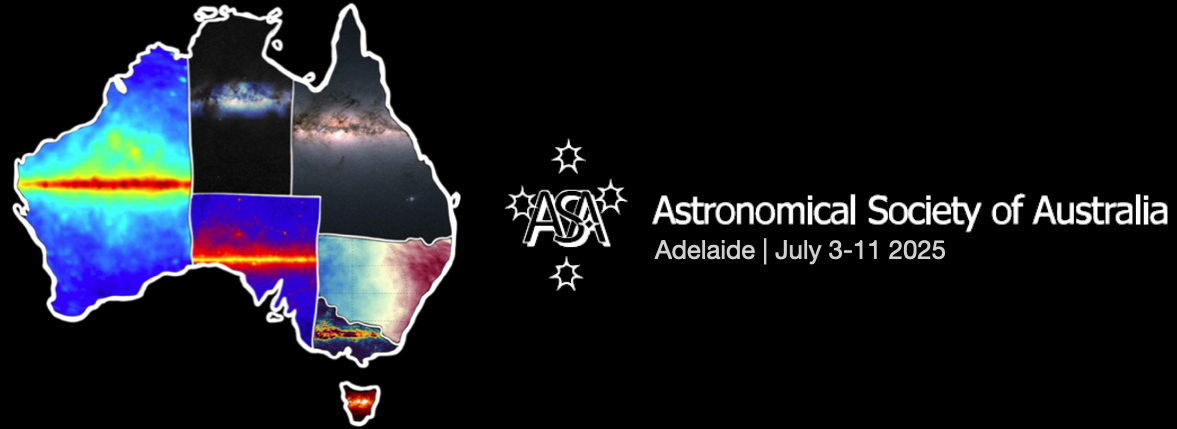Speaker
Description
Joy’s Law describes the systematic tilt of bipolar active regions on the Sun: the leading (prograde) magnetic polarity tends to emerge closer to the equator than the trailing (retrograde) polarity. This tilt increases with latitude and is attributed to the Coriolis force. In this study, we model the effect of the Coriolis force on a rising magnetic flux tube using a 3D Cartesian magnetohydrodynamic simulation. The flux tube originates at a depth of 11 Mm within the Sun’s near-surface convection zone. To isolate the influence of the Coriolis effect on horizontal flows we approximated the Coriolis force in the f-plane approximation. Because Joy’s Law is weak and only apparent in statistical averages over many active regions, we simulate a rotation rate 110× faster than the Sun’s to amplify measurable effects in a single run. The simulated flux tube emerges with a tilt angle consistent with Joy’s Law, and this tilt remains stable after emergence. When scaled to solar rotation, our results support the interpretation that horizontal Coriolis forces in the near-surface convection zone can explain the observed tilt.

